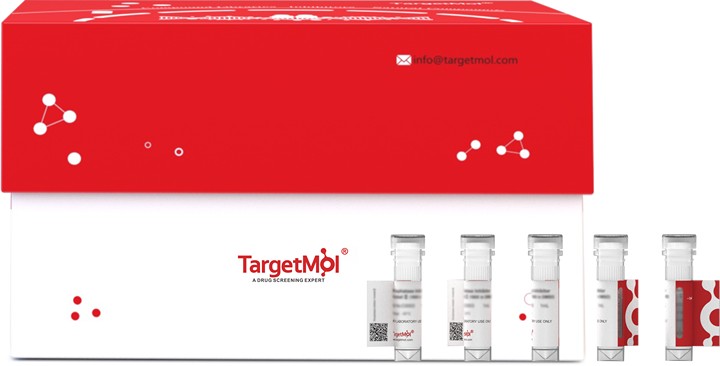Shopping Cart
- Remove All

Your shopping cart is currently empty


| Pack Size | Price | Availability | Quantity |
|---|---|---|---|
| 20 μg | $360 | 20 days | |
| 100 μg | $678 | 20 days | |
| 1 mg | $2,300 | 20 days |
| Description | HBV-C subtype ayw (isolate China/Tibet127/2002) Capsid protein (E. coli, His) is expressed in E. coli expression system with N-10xHis tag. The predicted molecular weight is 27.1 kDa and the accession number is P0C6H7. |
| Species | HBV-C |
| Expression System | E. coli |
| Tag | N-10xHis |
| Accession Number | P0C6H7 |
| Synonyms | C,Capsid protein,p21.5,Core protein,HBcAg,Core antigen |
| Amino Acid | MDIDPYKEFGASVEVLSFLPSDFFPSNRDLLDTASALDREALESPEHCSPHHTALRQAILCWGELMNLATWVGSNLEDPASRELVVSYVNVNMGLKIRQLLWFHISCLTFGRETVLEYLVSFGVWIRTPPAYRPPNAPILSTLPETTVVRRRGRSPRRRTPSPRRRRSQSPRRRRSQSRESQC |
| Construction | 1-183 aa |
| Protein Purity | > 90% as determined by SDS-PAGE. |
| Molecular Weight | 27.1 kDa (predicted) |
| Formulation | If the delivery form is liquid, the default storage buffer is Tris/PBS-based buffer, 5%-50% glycerol.If the delivery form is lyophilized powder, the buffer before lyophilization is Tris/PBS-based buffer, 6% Trehalose, pH 8.0. |
| Reconstitution | Reconstitute the lyophilized protein in sterile deionized water. The product concentration should not be less than 100 μg/mL. Before opening, centrifuge the tube to collect powder at the bottom. After adding the reconstitution buffer, avoid vortexing or pipetting for mixing. |
| Stability & Storage | Lyophilized powders can be stably stored for over 12 months, while liquid products can be stored for 6-12 months at -80°C. For reconstituted protein solutions, the solution can be stored at -20°C to -80°C for at least 3 months. Please avoid multiple freeze-thaw cycles and store products in aliquots. |
| Shipping | In general, Lyophilized powders are shipping with blue ice. Solutions are shipping with dry ice. |
| Research Background | Self assembles to form an icosahedral capsid. Most capsids appear to be large particles with an icosahedral symmetry of T=4 and consist of 240 copies of capsid protein, though a fraction forms smaller T=3 particles consisting of 180 capsid proteins. Entering capsids are transported along microtubules to the nucleus. Phosphorylation of the capsid is thought to induce exposure of nuclear localization signal in the C-terminal portion of the capsid protein that allows binding to the nuclear pore complex via the importin (karyopherin-) alpha and beta. Capsids are imported in intact form through the nuclear pore into the nuclear basket, where it probably binds NUP153. Only capsids that contain the mature viral genome can release the viral DNA and capsid protein into the nucleoplasm. Immature capsids get stuck in the basket. Capsids encapsulate the pre-genomic RNA and the P protein. Pre-genomic RNA is reverse-transcribed into DNA while the capsid is still in the cytoplasm. The capsid can then either be directed to the nucleus, providing more genomes for transcription, or bud through the endoplasmic reticulum to provide new virions. |

Copyright © 2015-2024 TargetMol Chemicals Inc. All Rights Reserved.